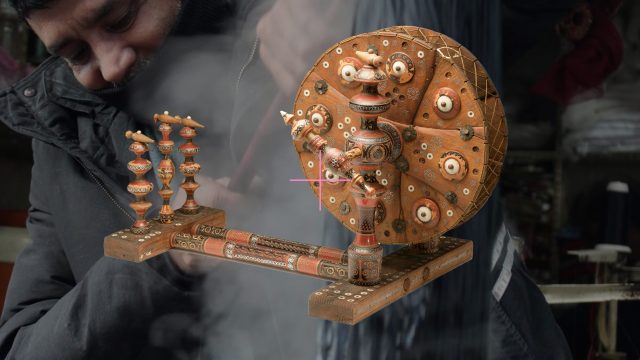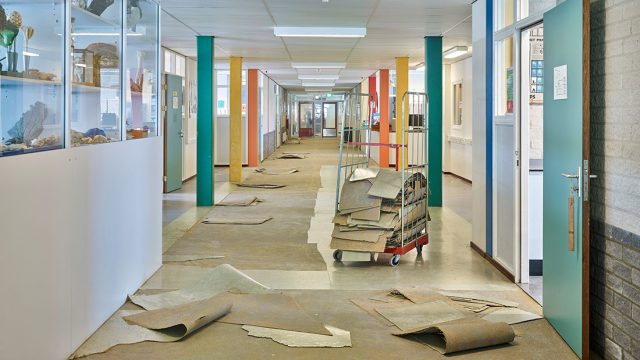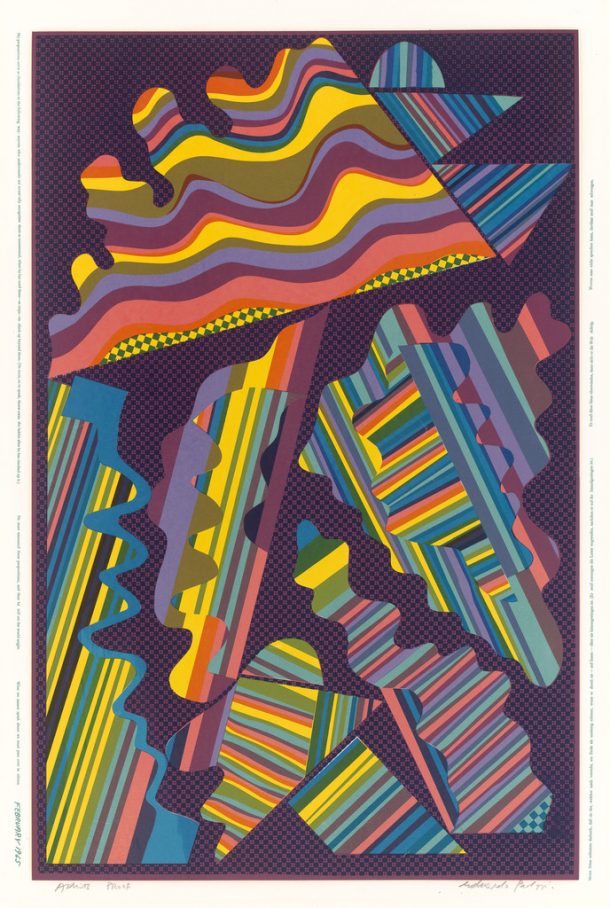
When I happily agreed to carry out the inspection of our access equipment (kick steps, mobile steps and ladders) at the Blythe House collections store, I figured it would take around two weeks to complete. How very wrong I was – this odyssey lasted for two and a half months! But that’s not the main message I wanted to share with you.
Repairing and extending the life of equipment when it’s safe and possible to do so instead of disposing and replacing has many benefits. It removes the cost and inconvenience of arranging for recycling/disposal of numerous pieces of large equipment, uses fewer resources (materials, carbon footprint of shipping/delivering large and heavy equipment), is cheaper than ordering new equipment, and is rewarding for the individuals involved. Luckily the Head of the Blythe House Collections Move Programme felt the same way and was willing to give me time to devise and undertake a repair programme so the project could deliver this additional benefit for the Museum.
To minimise the hazards associated with working at height, the V&A requires staff to undertake regular pre-use checks as well as annual detailed inspections of steps and ladders used by their department. These inspections reduce the risk of injury to staff working at height and those in the vicinity by identifying faulty equipment and removing it from use. As the Blythe House Collections Move project was about to enter the packing phase, we knew that the access equipment in every store in the building would soon be used daily while various teams barcoded and packed the archives and objects and dismantled the storage furniture. It was therefore essential for a ladder audit to be carried out first to identify any equipment that was no longer fit for purpose.

Since this was my first time undertaking a ladder audit on such a massive scale, the Museum’s Safety Advisor joined me for the first two days. Using a detailed checklist, we methodically started working through every room in the store, which is spread over five floors and several outbuildings. When I reviewed my inspection notes from the first two days of the audit, I noticed that many mobile steps had failed inspection because of damaged/deteriorated/missing rubber rings around the feet. While this may not seem terribly important, the rubber rings act as brakes, helping to ensure the equipment doesn’t move during use, so they must be in place and in good condition. Other seemingly minor reasons for failure were missing or seized wheels and loose or missing nuts and/or bolts. I inspected a total of 118 kick steps, mobile steps and ladders during the audit and unfortunately 46 items (or 39%) failed inspection. The thought of throwing away that much equipment was truly upsetting.
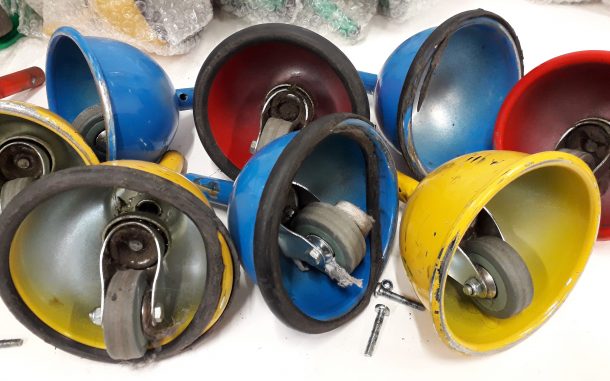
Once I confirmed that it was possible to replace individual components or an entire dome foot assembly for some models of mobile steps, things started moving forward. The Safety Team agreed that I could reclassify inspection failures as Fail – Repair or Fail – Dispose so I went back through my inspection notes and identified 18 repairable pieces of equipment. Unfortunately, some equipment had faults that we felt disqualified them for repair, such as corrosion around welds or bent parts, and some models of mobile steps were constructed with riveted or welded feet and castors so that eliminated the possibility of their dome feet being replaced.
The final step was to find a competent, willing, and available contractor to carry out the repairs – this turned out to be the most difficult part of the programme. Several companies I contacted weren’t that keen to undertake the repairs so at the suggestion of a colleague, I waylaid a contractor who was on site servicing other equipment. All I was hoping was that he might have a suitable contact but to my surprise, he agreed to carry out the repairs. He also helped us source the necessary spare parts, which included 56 new mobile step feet.
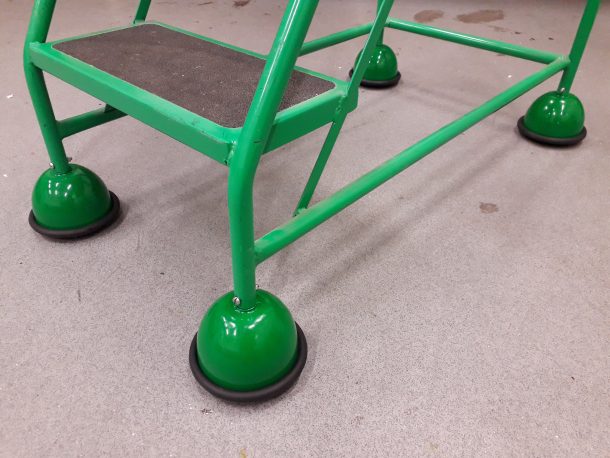
Once the serviceable equipment was repaired and re-inspected, the final tally was 90 passes (76%) and 28 disposals (24%). The repair programme wouldn’t have been possible without the enthusiasm and support of my colleagues in the wider Blythe House Collections Move team, including our packing and transport contractors, who graciously endured over two months of minor inconvenience while some of our much-needed access equipment was out of action. It might have taken two months and cost a total of £1665 to save 18 pieces of equipment but replacing the equipment would have cost the project over £6500 and wasted the planet’s precious resources. Although it was a time investment, we now have a methodology and a willing contractor so the process will be quicker for others going forward. Extending the life of materials by repairing and reusing equipment is one of the ways we can contribute to the Museum’s sustainability action plan so I hope colleagues at other sites who find themselves in a similar position will also carry out repairs where possible.

